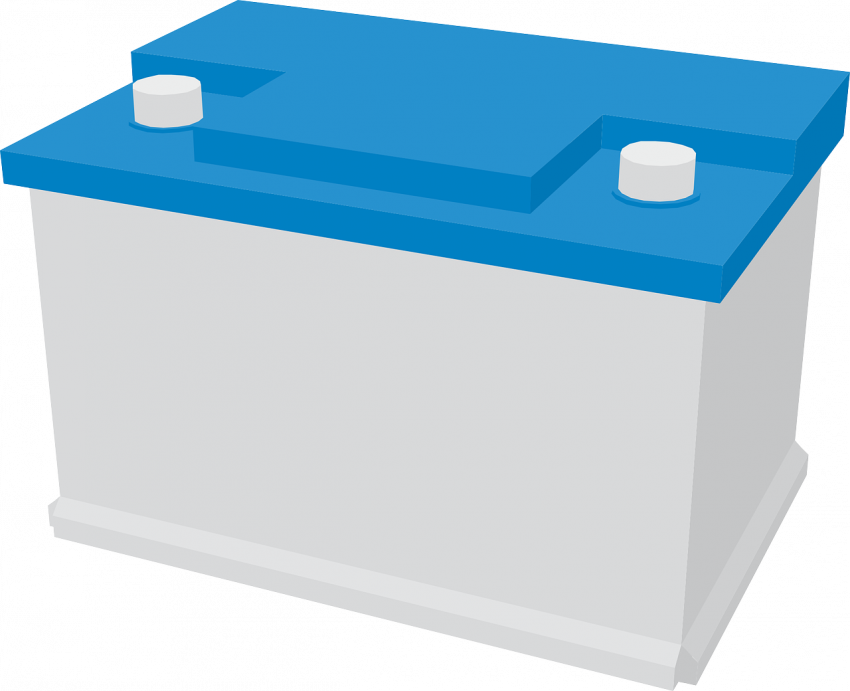Why Is Lead Test Still Relevant Today?

As of May, lead levels in the blood are much lower than in the mid-20th century, but the question remains, is a lead test portland oregon, still relevant today? Lead poisoning can cause seizures, coma, and even death in extreme cases. In addition, children exposed to high lead levels often develop poor attention and impulse control. However, there are several steps parents can take to protect their children from lead poisoning. The following article will discuss some of these steps.
Lead poisoning can cause seizures, coma, and death.
Lead poisoning is a chronic illness caused by ingesting too much lead. Lead accumulates in the body from dust or foods contaminated with lead. Information can affect almost every organ and system in the body. Lead is hazardous to young children and pregnant women, as lead poisoning can cause coma, seizures, and even death. If left untreated, lead poisoning can cause long-term damage to the brain, kidneys, and bones.
Lead is distributed throughout the body and accumulates in bones and teeth. Lead can affect the nervous system and cause seizures, coma, and death when ingested. Although lead levels in the U.S. have decreased considerably since 1978, lead poisoning affects children. Lead is commonly found in plumbing, industrial solvents, household goods, and other products. Children are at the highest risk of lead poisoning because they absorb it more readily and show hand-to-mouth behaviors.
Lead levels in the blood are now lower than in the mid-20th century.
The CDC’s guidelines on lead in the blood are reviewed every four years. Lowering them to the recommended levels will make it easier for parents to identify children with elevated levels. Even though blood levels of lead have decreased, the average child’s lead story is still higher than their parents. For example, in the mid-1970s, a child had a lead group of 60 micrograms per deciliter, considered high. By 1970, a surgeon general lowered this to 40 micrograms per deciliter. In 1978, the CDC set a new reference level of ten micrograms per deciliter, and in 2012, the CDC set it at 3.5.
Even though lead concentrations in children’s blood are lower today, exposure to high levels can still have adverse health effects. Severe lead poisoning can affect the central nervous system and cause death. Even children who survive may experience intellectual disability or behavioral disorders. High levels of lead exposure can also damage many-body systems, including the nervous system, immune system, and reproductive organs.
Children with lead poisoning have poor attention and impulse control.
Childhood exposure to lead is associated with various cognitive and behavioral deficits, including impaired attention and impulse control. Neuropsychological deficits from lead exposure vary widely, depending on the age and level of exposure, and can range from mild to severe. Although lead poisoning is not always fatal, it can significantly reduce a child’s quality of life, including their ability to learn, conduct appropriate social relationships, and maintain a healthy body weight.
Children are especially vulnerable to the effects of lead, as their developing brain is more vulnerable to the substance. Children may be exposed to lead from household dust, paint, and toys. High blood lead levels may cause seizures, coma, or death. Early symptoms may include lethargy, confusion, irritability, clumsiness, and a loss of appetite. Lead poisoning can also cause kidney and bone marrow damage.
Steps to prevent lead exposure
If you work in a home with lead paint, follow these precautions to prevent exposure—Wash hands after working in a home with lead paint and wear house slippers. Make sure your children play with toys that do not contain lead. Keep lead-contaminated clothing in a separate place in the house. If you are working in a home with lead paint, ask your doctor to get a blood test to determine whether you are exposed.
If you suspect that your water contains lead, run the taps for at least thirty seconds before drinking. You can save the rest for gardening or cleaning. For cooking, use cold water when possible. Hot water dissolves lead in pipes. If you aren’t sure, try boiling your water before drinking it. To further reduce the amount of lead in your water, practice drinking only cold water and cooking with colder water. For other surfaces, clean the surface regularly.



Leave a Reply